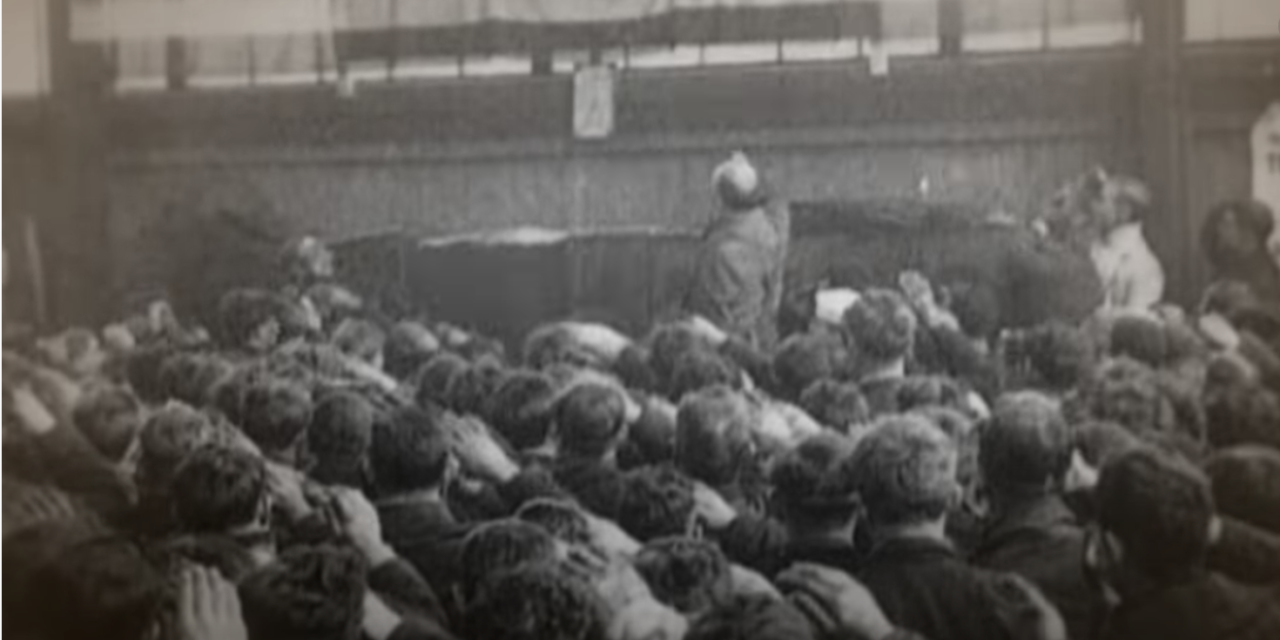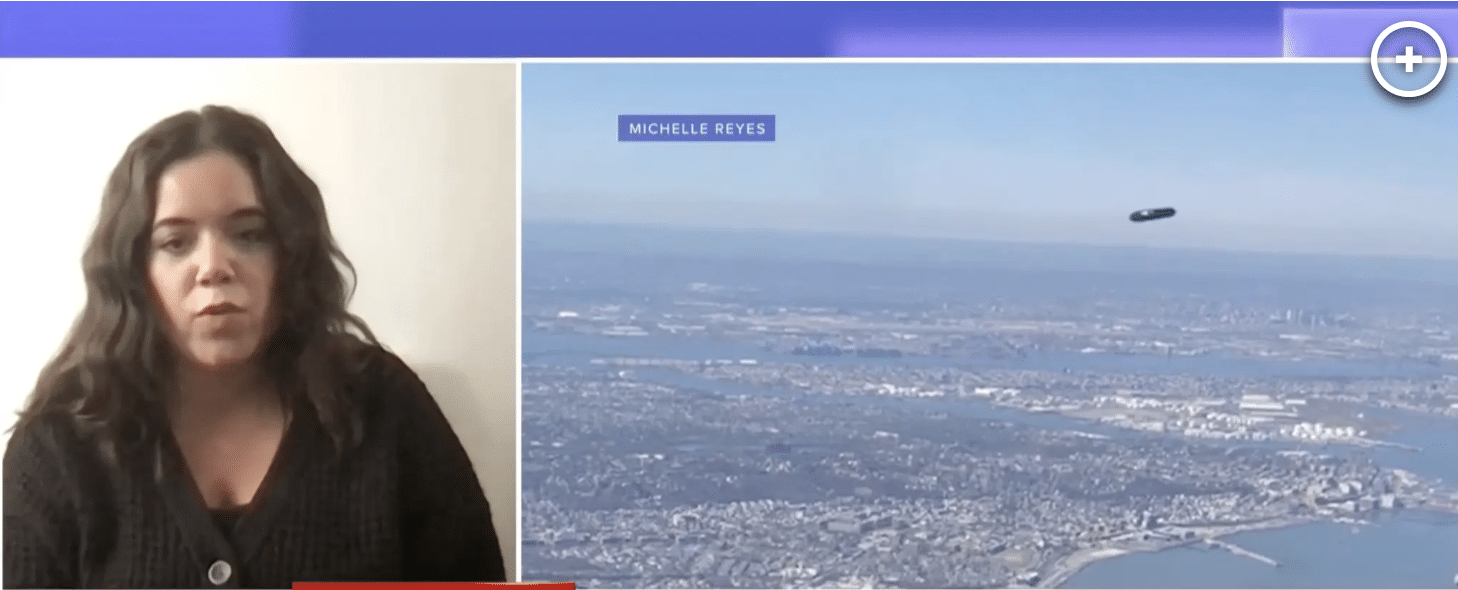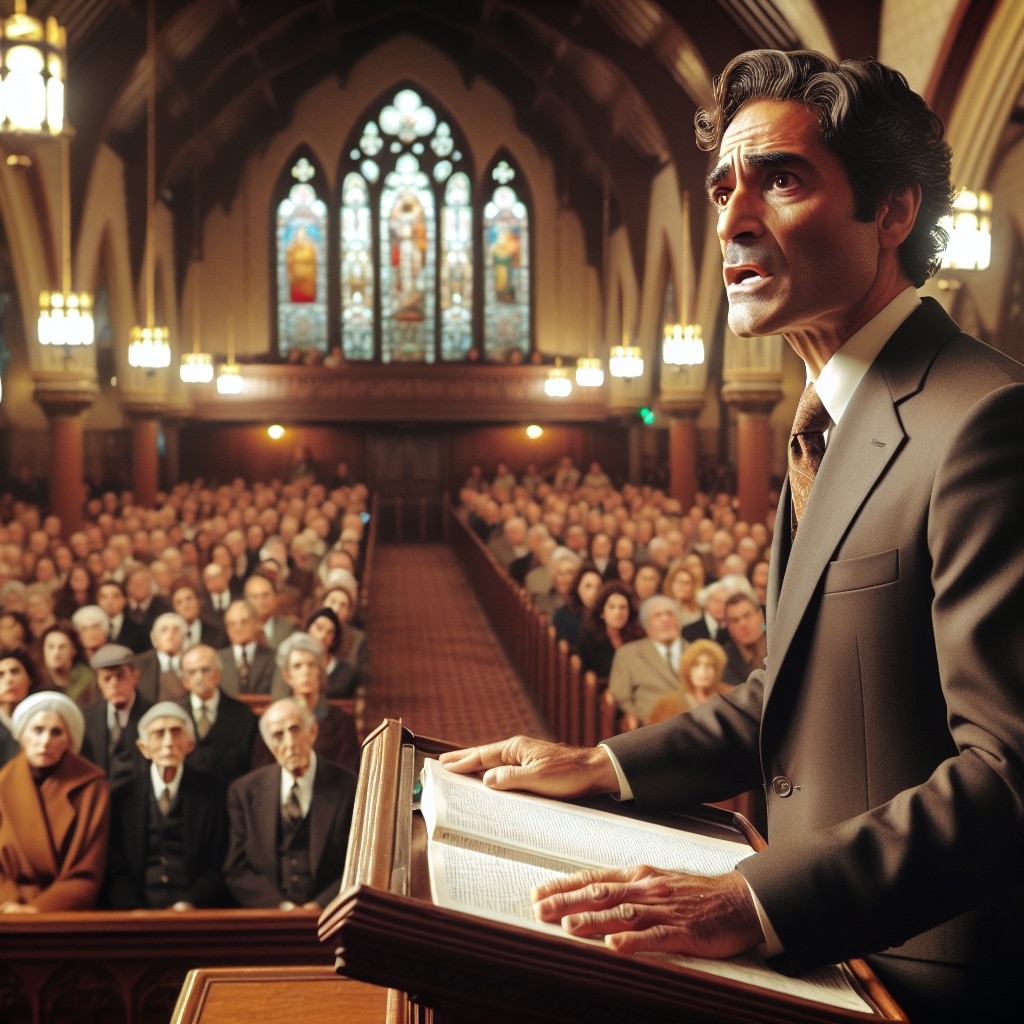(CNN) – Politicians were feeling pressure during the pandemic. Businesses were agitating to reopen and deaths were going down, especially far away from the coastal cities that it had hit worst, first. It seemed time to declare “mission accomplished” and get the economy humming again — especially with an election looming. It was 1918 and Denver Mayor William Fitz Randolph Mills bowed to business leaders and decided to back off social distancing.
Armistice Day seemed like a perfect day to do it. The city had been all but locked down for five weeks and now there was something worth celebrating — the end of the First World War. Grateful citizens streamed into the streets of the city on November 11, 1918, soon after Denver’s Manager of Health William H. Sharpley declared the “plague under control!”
His enthusiasm was premature but understandable: Denver officials could point to progress in containing the disease at that time, compared with other cities like Chicago. Their first recorded influenza-related death had been on September 27, when a student from the University of Denver named Blanche Kennedy died of pneumonia after visiting Chicago. Denver moved quickly, shutting down indoor gatherings after church on October 6. Nonetheless, by October 15 there were 1,440 cases in a city of a quarter-million but only 300 doctors. READ MORE
















